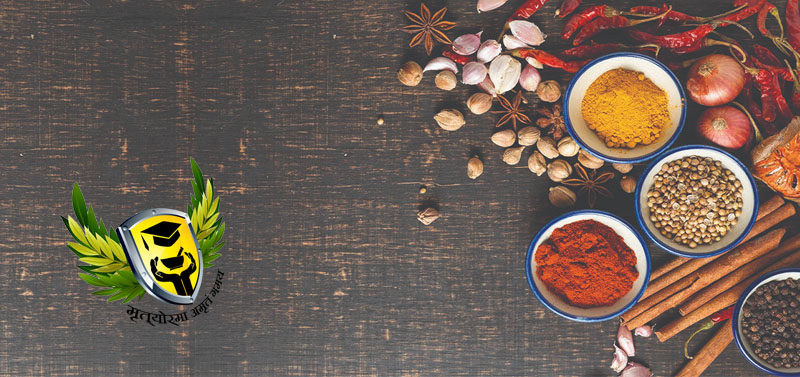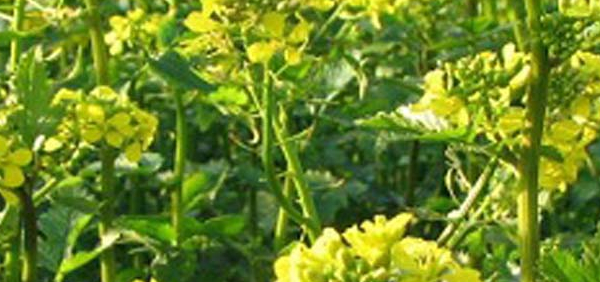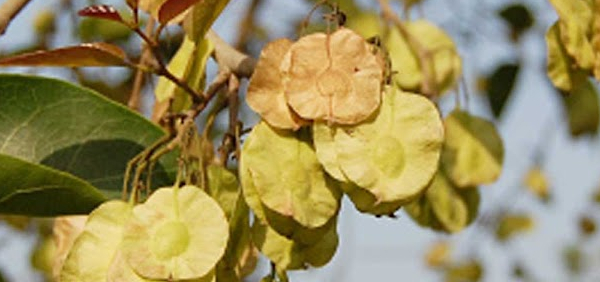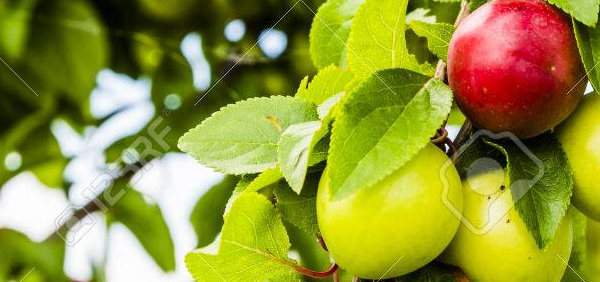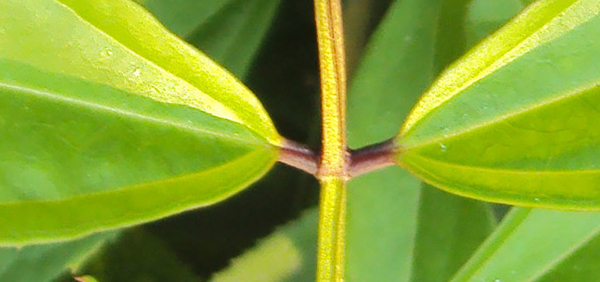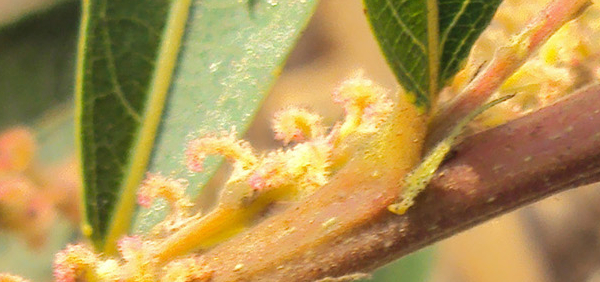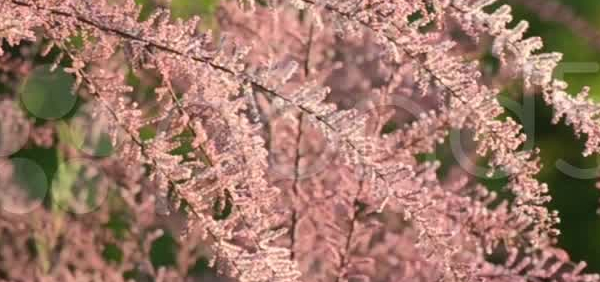addhahpushpi :

HISTORICAL AND MYTHOLOGICAL REVIEW:
Taxonomical Classification
Kingdom: Plantae - Plants
Subkingdom: Tracheobionta - Vascular plants
Superdivision: Spermatophyta - Seed plants
Division: Magnoliophyta - Flowering plants
Class: Magnoliopsida - Dicotyledons
Family: Boraginaceae
Genus: Trichodesma
Species: Trichodesma indicum
Allied species:
Trichodesma zeylanicum (Burm.f.) R.BrVERNACULAR NAMES
Sanskrit: Adhapuspi, Andhahuli, Adah-pushpi, Adhomukha, Andhaka, Andpushpi, Gandhapushpika.English: Indian Borage
Hindi: Chhota Kalpa
Telugu: Guvvagutti
Bengali: Chotokulpa
Marathi: Chota Kalpa
Oriya: Hetumundia
Gujarathi: Undhanphuli
Tamil: Kallutaitumapi
Malayalam: Kazhuthakkali, Kizhakkamthunba, Pallichedi
Kannada: Katte tume soppu
Punjabi: Andusi, kallributi, nilakrai, Ratmandi
Sindhi: Goazaban
Assamese: Amari
Chinese: 印度碧果草
French: bourrache sauvage
Nepal: कनिके कुरों kanike kuro, ओनमोडिया झयाङ oonmodia-jhyang, उन्मुन्ती unmunti •
Persian: gaozaban
Varities:
1. T indicum var indicumDefinition
Synonyms
Synonyms in Ayurveda: addahpushpi, avakpushpiAndhaka - because of covering of flowers, flowers seem to be absent
Rasa: Katu Tikta
Guna: Laghu
Veerya: Ushna
Vipaka: Katu
Karma: Kaphahara Vatahara
Cultivation:
The plant is found as a weed in many areas of the tropics and subtropicsPropogation:
SeedHarvesting:
Flowers through out the yearPhytochemistry:
PHARMACOLOGY:
Acrid and bitter tasting.- Considered thermogenic, emollient, alexeteric, anodyne, anti-inflammatory, carminative, constipating, diuretic, depurative, ophthalmic, febrifuge and pectoral.
Parts used for medicinal purpose
Flower, Leaves, Root, Whole plant, ,Dosage:
Paste of root- 5 - 10 gAntidote:
Roots ground in water drunk as an antidote for snakebites.Substitute:
as a substitute for Bo- rago officinalisAdultrants:
Hasthisunda (Heliotropicum indicum)Controversy:
Commercial value:
Morphology:
Annual herb. Stems 15-40 cm high, much branched, with spreading, not very dense hairs. Leaves sessile, oblong, lanceolate or lanceolate-oblong, lower leaves 5-8 by 0.8- cm, upper leaves 2-4.5 by 0.3-1.2 cm, base in lowermost leaves narrow, in the others broadly rounded, semiamplexicaulous, apex acute or obtusish, midrib distinct, sometimes also a few other nerves visible, hairs spreading-antrorse, arising from groups of mineralized cells on upper side, loose, crispulate on lower side. Inflorescences terminal on stem and branches, leafy, flowers axillary;pedicels 0.8-1.8 cm, curved downwards in fruit, with long, dense, spreading hairs. Calyx c. 1 cm long in flower, up to cm in fruit, cleft to the base into narrowly triangular, basally sagittate lobes 1.2 mm wide in flower, 2 mm wide in fruit, hairs loose, spreading from mineralized cells. Corolla funnel-shaped, lilac, tube c. 5 mm long, limb 1.3-1.5 cm in diam., lobes broadly rounded-acuminate, 7 mm long and wide. Nutlets oblong ovoid, 5 mm long, 2-3 mm wide, smooth, whitish. Pistil: style as long as calyx. Stamens: anthers oblong, sterile, twisted apex 4-5 mm long, densely woolly.Histology:
Transverse section of leaf of T. indicum R. Br. showed presence of covering trichomes with bulbous base upper and lower epidermis, collenchyma, prisms of calcium oxalate, vascular bundle and palisade cells. Surface preparation showed the presence of wavy epidermal cells, anomocytic stomata, anisocytic stomata, trichomes. Transverse section of Stem of Trichodesma indicum R. Br showed the presence of trichomes with, epidermis, hypodermis, cortex, xylem and pith. Powder study of aerial parts of T. indicum R. Br showed the presence of trichomes, xylem vessels, parenchyma, epidermal cells, fibres, calcium oxalate crystals. The powder of aerial parts was evaluated for proximate analysis such as ash value, extractive value, moisture content, total solid content, and the swelling index, which give idea about the presence of siliceous material, and amount of constituents extracted into different solvent. The elemental analysis of aerial parts showed that plant was free from heavy metal contamination i.e. arsenic, lead. The fluorescence analysis of plant powder showed that plant contains phenolic compounds. Qualitative chemical examination showed that the aerial parts of Trichodesma indicum R. Br, is credited with phytosterol, triterpenoids, tannins, phenolic compounds, carbohydrates, fixed oil, fatty acids mucilageGeographical distribution:
ECOLOGICAL ASPECT:
A common herb along roadsides and in open places.Plant conservation:
Not Evaluated (NE)General Use:
Therapeutic Uses:
The plant is acrid, bitter in taste. In herbal medicine jargon, it is thermogenic, emollient, alexeteric, anodyne, anti-inflammatory, carminative, constipating, diuretic, depurative, ophthalmic, febrifuge and pectoral. This herb is also used in arthralgia, inflammations, dyspepsia, diarrhoea, dysentery, strangury, skin diseases and dysmenorrhoea.Systemic Use:
Administration:
OralPharmacological:
Scientific study show the aerial parts of the plant have significant diuretic activity which may be useful in the treatment of acute pulmonary oedema, chronic heart failure, ascites, nephrotic syndrome, and renal failure.Clinical trials:
Research:
Precautions:
But many members of this plant family (Boraginaceae) are known to contain pyrrolizidine alkaloids. These alkaloids have a cumulative effect upon the body and, unless concentrations in a plant are high, occasional use is generally completely safe. They are derived from amino acids including ornithine. Many pyrrolizidine alkaloids have pronounced hepatic toxicity, but the lungs and other organs may be affected as well. Mutagenic and carcinogenic activities of pyrrolizidine alkaloids have also been reportedToxicity studies:
No specific mention of toxicity has been seen for this species,Use in other system of medicine:
CONCLUSION:
Indian borage (Trichodesma indicum) or Andhahuli is medicinal plant that is found as a common weed throughout the India. It is an annual plant with pale blue flower. For the medicinal purpose, whole plant is used. In Ayurveda, leaves and roots of the plant are used to treat arthritis, anorexia, dysentery, skin diseases, poisoning and for wound healing. The paste of roots is applied on joint swelling.Photos of addhahpushpi -
- Courtesy: http://tropical.theferns.info/plantimages/9/f/9faa27d249f125b7e93ced57ebd150c49f122f54.jpg
- Courtesy: http://tropical.theferns.info/plantimages/9/7/9770b3d0915621af6ff781b235b3496686884696.jpg
- Courtesy: http://tropical.theferns.info/plantimages/0/0/00dcfddffcbb4d610c996749f05bc4e546f8175f.jpg
- Courtesy: http://tropical.theferns.info/plantimages/9/f/9faa27d249f125b7e93ced57ebd150c49f122f54.jpg
- Courtesy: http://plantillustrations.org/illustration.php?id_illustration=45077&SID=a37u0hgngl7ha0d7hl33ti98h7&mobile=2&code_category_taxon=9&size=1
- Courtesy: http://plantillustrations.org/illustration.php?id_illustration=45077&SID=a37u0hgngl7ha0d7hl33ti98h7&mobile=2&code_category_taxon=9&size=1
KEY WORDS: addhahpushpi Trichodesma indicum
- » Classification and names of addhahpushpi
- » Synonyms and definitions of addhahpushpi
- » Drug Properties of addhahpushpi
- » Chemical Constituents of addhahpushpi
- » Standardization of addhahpushpi
- » Parts used and Dosage of addhahpushpi
- » Morphology and Histology of addhahpushpi
- » Distribution and Conservation of addhahpushpi
- » Cultivation of addhahpushpi
- » addhahpushpi in the market
- » Medicinal Uses of addhahpushpi
- » Researches and clinical trails of addhahpushpi
- » addhahpushpi in other sytems of medicine
- » Ayurvedic formulations with addhahpushpi
- » Images of addhahpushpi








